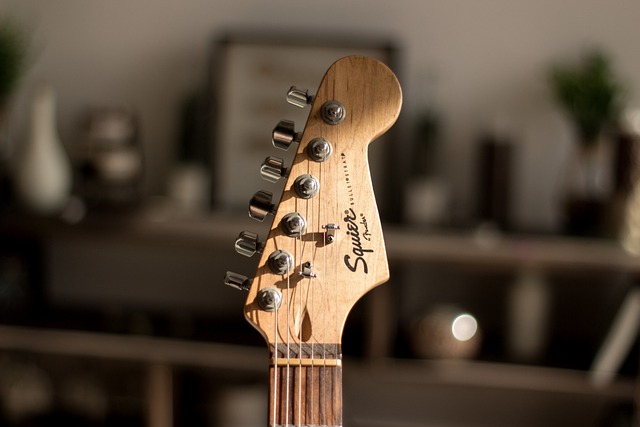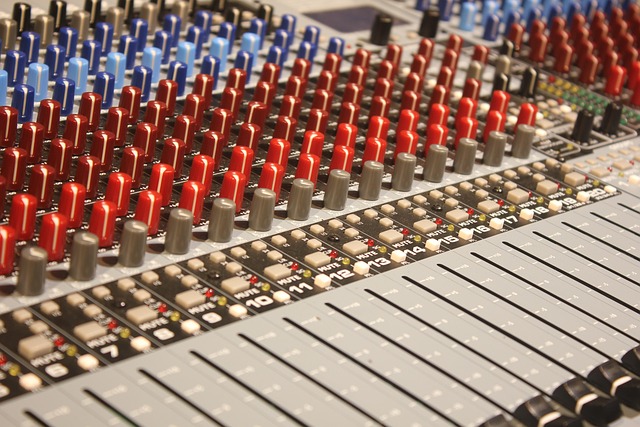Creating the perfect guitar sound at home is more than just plugging in and strumming. It’s about transforming your space, particularly if you’re using your home cinema room as a creative sanctuary. With the right approach to audio recording, you can harness the full potential of your guitar, turning your living space into a professional-grade studio.
First, understand that audio quality matters. A home cinema room typically has amenities for great video but may lack in audio treatment. Start by assessing your space. Consider adding acoustic panels to minimize sound reflections which can muddy your recordings. Soft furnishings, like couches and curtains, can absorb unwanted echoes, creating a more controlled recording environment.
Next, invest in quality recording equipment. A good microphone can transform the way your guitar sounds. Whether you use a dynamic mic or a condenser mic depends on your guitar and the desired sound; experiment to find what resonates best with you. Positioning is key—placing the mic at different angles or distances can yield varied results, so don’t hesitate to try multiple setups.
When it comes to audio interfaces, choose one that can deliver high-resolution audio that matches your cinematic aspirations. The clarity of your guitar’s sound within a larger audio mix can make or break the listening experience. A solid interface will ensure that your recording captures the subtleties and dynamics of your guitar playing.
Video is equally crucial if you’re recording a performance. Most cinema setups boast large screens, which can be utilized to monitor your recording process. Use your technology to your advantage; running a video capture alongside your audio recording can help synchronize your play and visually guide you for perfect takes.
Remember that your home cinema room isn’t just about sound; it’s also about the mood you create. Lighting can influence your recording experience—a well-lit space can inspire more creativity. With dim lighting, you can create an intimate setting that might resonate well during guitar solos, evoking emotions that will reflect in your music.
Finally, leave room for experimentation. As you refine your recording technique, don’t shy away from adjusting your space—from furniture arrangement to sound barriers, everything plays a role in how your guitar sounds. The goal is to create an environment where you feel free to express your artistic visions, turning your home into a sonic haven that meets the cinematic standard.



